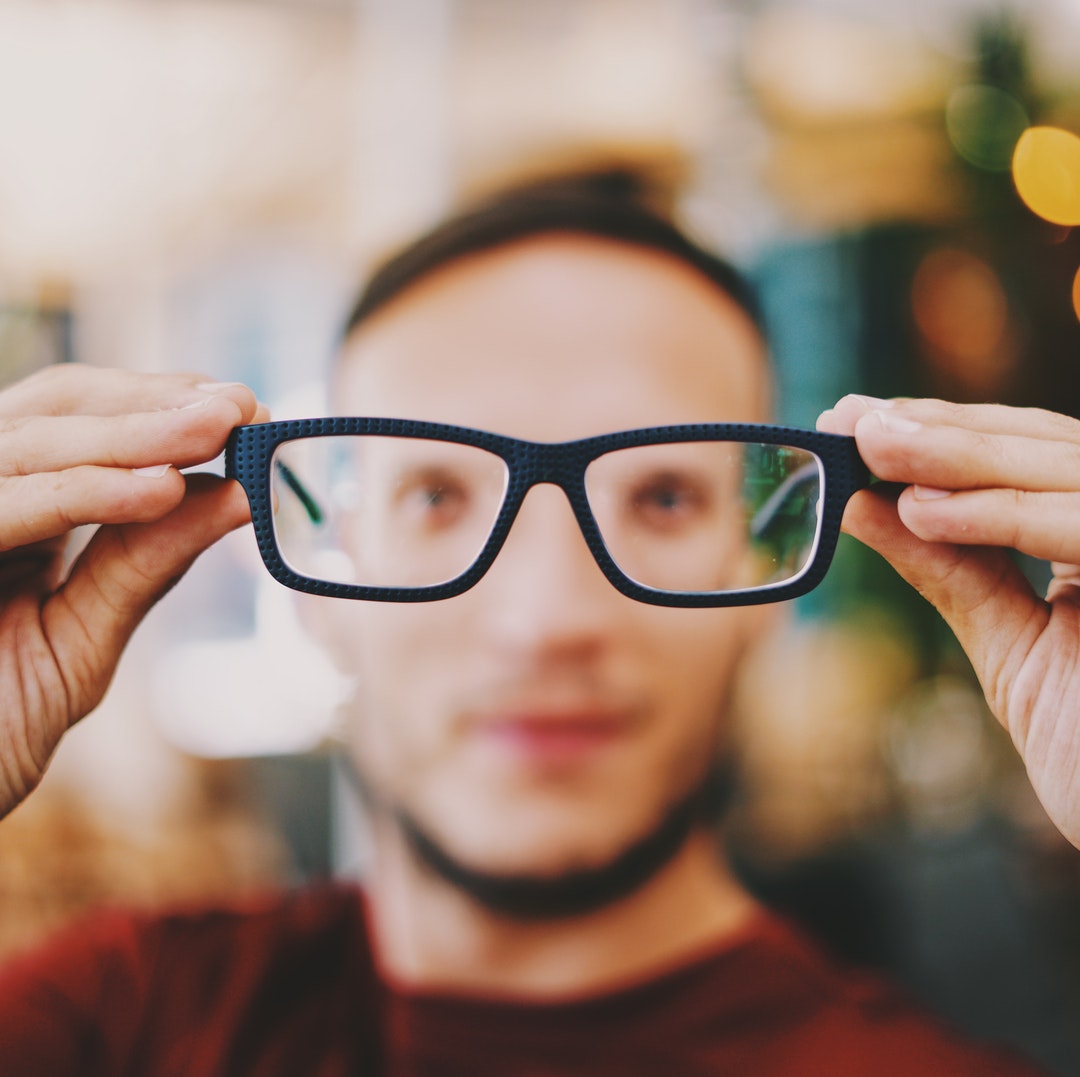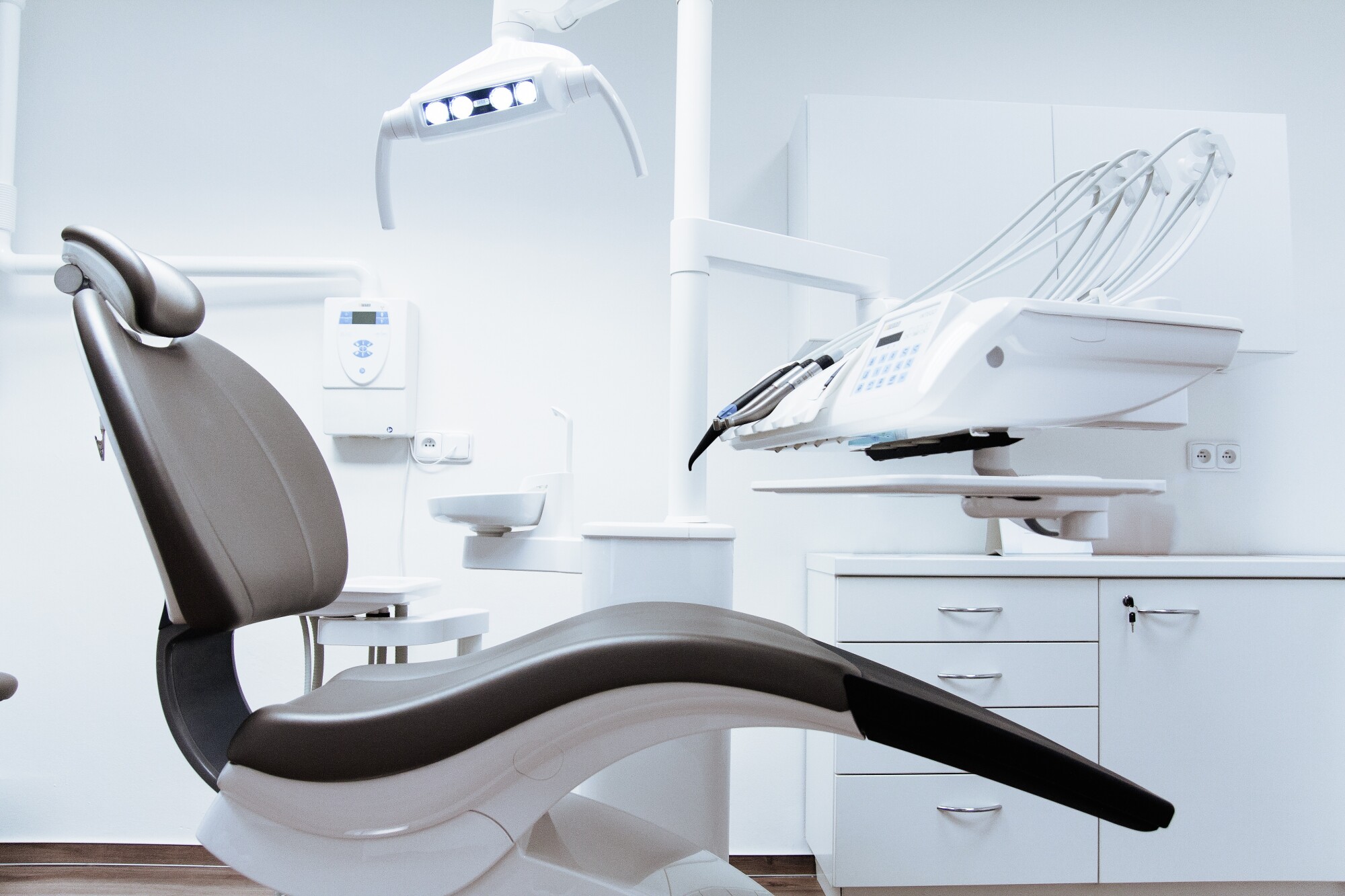Aging Eyes: The Most Common Age-Related Eye Conditions

Age-related vision changes are part of growing older gracefully, but you don’t need to accept the inevitable.
Despite advances in eye-care, blindness is on the rise. Projections suggest that up to 4 million Americans may have lost their vision by 2050.
Regular eye-exams every 2 to 4 years can help your optometrist to detect problems early and take action.
These are the 5 most common reasons for deteriorating vision and what you can do about your aging eyes.
1. Aging Eyes and Cataracts
Cataracts are one of the best-known eye problems in elderly people. About 50% of people in their seventies develop cataracts.
When the protein which naturally occurs in the lens starts to clump together, it forms a cloudy film over the lens called cataracts.
The symptoms of cataracts are:
- Blurry vision
- Dulling of colors
- Increased sensitivity to glare
- Decreased ability to see contrasts
Left untreated, cataracts causer total blindness.
Fortunately, cataract surgery is well-advanced and almost always successful.
2. Age-Related Vision Loss from Macular Degeneration (AMD)
If you are still puffing away at 20 a day, here’s another reason to stop. Along with a family history of AMD, age, and being Caucasian, smoking is one of the main causes of AMD.
Age-related macular degeneration affects a tiny segment in the middle of the eye. What happens is It breaks down your capacity for sharp central vision and can inhibit your ability to drive, read, watch TV, and write.
If you notice that things are starting to look fuzzy, distorted, or shadowy in the center of your vision, get a comprehensive retinal exam. This test will help your optometrist to pick up signs of AMD early.
In its initial stages, medication can help to slow the progress of the disease. Surgery may also be an option.
You may have to pick up a pair of glasses to help you live with the problem.
3. Glaucoma
Glaucoma can sneak up on you without warning.
It is painless with no symptoms but causes your peripheral vision to decrease over time. Glaucoma results from damage to the optic nerve.
If your family has a history of glaucoma you have a higher risk of developing these eye problems with age.
As a matter of routine, optometrists check for glaucoma during routine eye-tests.
4. Dry Eye Syndrome
While dry eye syndrome isn’t responsible for vision changes with aging, it is more common in people over 50.
Anyone can develop dry eye syndrome as a result of the tear ducts malfunctioning. The symptoms are itchy, irritated red eyes.
Dry eye syndrome is easily treated with eye-drops to restore the natural lubrication of the eye.
5. Retinal Detachment
Retinal detachment is a very serious condition which can lead to permanent blindness.
What happens is that the retina tears away from the underlying tissue.
This can happen due to advanced diabetes, injury, or changes in the vitreous fluid that fills the rear of the eye.
There are several surgical and laser options to treat retinal detachment if it’s detected early on.
Focus on Living Large
Aging eyes are inevitable, but they shouldn’t hamper your enjoyment of life.
Medical advances have made it possible for the elderly to benefit from a good quality of life for much longer.
Taking good care of yourself and getting regular check-ups will ensure that you get to tick off all the items on your retirement bucket list and add some more.
Keep reading our blog for more information about the things you sometimes wonder about.



